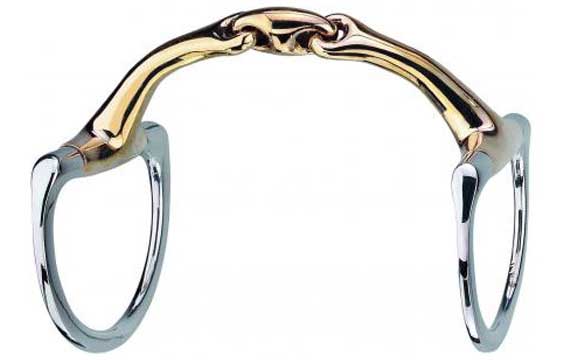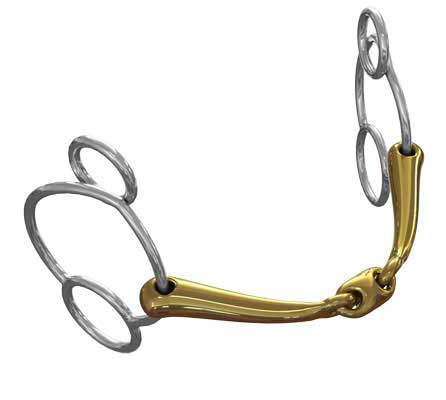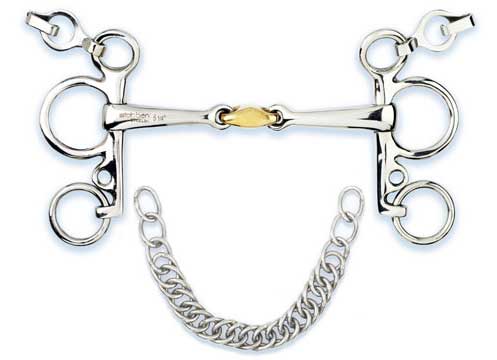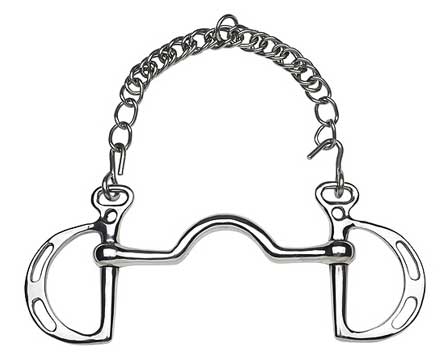Bits and bitting in horses… the fundamentals
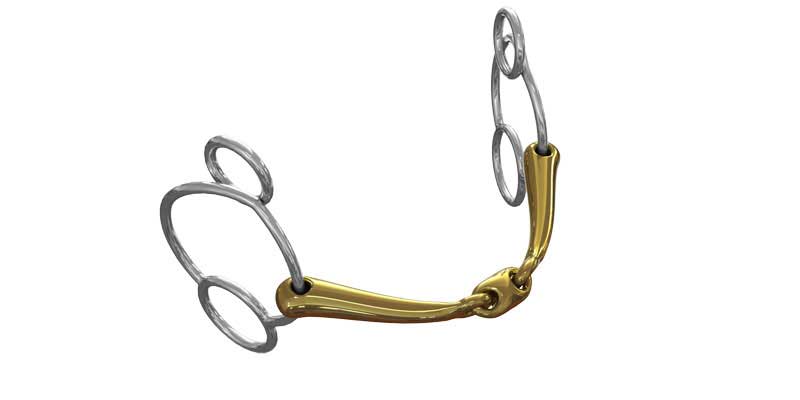
Over the years bitting methods have changed as we understand more about our equine friends, their needs, their conformation and above all what makes them tick. Here’s my guide to finding your way around the basic and most common bits on the market and how and why they work.
The largest group of bits that we are all familiar with is the Snaffle. At some point we will have all seen an advert for a horse that states ‘good snaffle mouth’ but do we really understand how vast this statement can be? A snaffle actually refers to a bit that uses direct pressure on the tongue, bars of the mouth (bars are the gums of the horse’s mouth in an interdental space behind the front incisors and in front of the back molars) and the corner of the mouth.
Within this category we have a large variation of mouth pieces, from the standard jointed all the way up to fast twist mouthpieces with copper rollers, for example the Bomber Fast Twist Buster Roller Loose Ring (pictured below).
The most popular type of mouthpiece used in snaffles today is that of lozenges or peanuts. The Ellipical double jointed mouth has proved to be very successful with all types of breed as the lozenge in the centre helps to keep a consistent and regulated contact on the tongue helping the horse to relax into the contact and the double break prevents the centre section pushing to the roof or palate of the mouth. A good example of this type is the Sprenger Dynamic RS Eggbutt (pictured below), which also has the addition of anatomical shaped mouth piece between the lozenge and the cheek piece known as the ‘Cannon’ of the bit.
The next category of bits are Loose Lever. Also known as Gag bits but due to the misinterpretation of the ‘Gag Bit’ it has been renamed by many. A loose lever bit can carry the same mouthpieces as snaffles and in some cases have very similar looking cheeks. However, they have the addition of extra rings or slots to fix the rein and or bridle cheek piece position to offer a leverage action generally on the Poll.
The “poll” refers to the occipital protrusion at the back of the skull which is sensitive to pressure that can be exerted by the bit through the crownpiece of the bridle. The Universal bit is probably today’s most common sort after Loose Lever, originally designed by Sprenger but made popular by Neue Schule in the form of the Tranz Angled Universal (pictured below).
Curb Bits are the final of the key 3 categories used in bitting today. Curb Bits themselves can them be split into a further three sections which are Pelhams, Kimblewicks and Weymouths.
The Pelham (Pictured below) – is single curb bit with two sets of reins, the snaffle rein being attached to the upper ring known as the Snaffle ring as it works in the same fashion as a snaffle using pressure on the tongue, bars and corner of the mouth. The second rein, called the curb rein is used on the ring at the bottom of the shank as the pressure applied by the rein rotates the shank backwards and increases the pressure of the chain which is fitted in the curb groove. Therefore, adding another pressure point of control.
Weymouths – these work in the same manner as the pelham’s lower ring as it also uses the shank rotation for the curb pressure. However, the Snaffle action comes from an additional bit, which is a snaffle bit itself. However, the type of snaffle used here has smaller rings and is called a Bradoon.
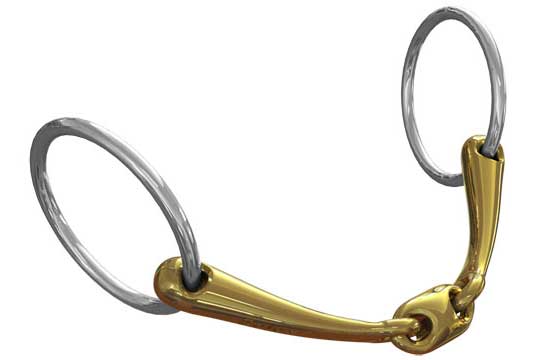
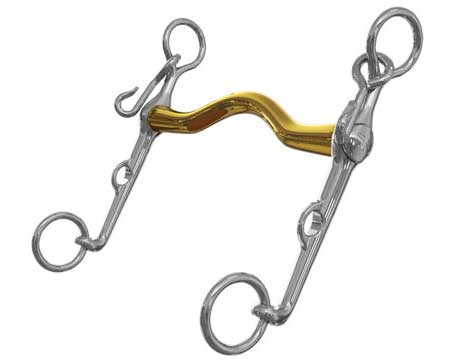
Kimblewick (pictured below) – is a fixed cheek bit that is often used on horses and ponies that prove a little too strong in a snaffle. It is also often used by children to help them have some control should they need it. There are two main types of kimblewick: the slotted version that has two fixed rein slots in the cheek piece, or the plain cheek where the reins are attached to the cheek as you would a snaffle. Both types of Kimblewicks are used with a curb chain.
The hanging cheek part of the bit from the cheek slot to the mouthpiece uses poll pressure and lip pressure, and various pressures in the mouth depending on the mouthpiece. When the rein is used, the curb chain should come into play, but not straight away, there should be some give in the rein before the curb chain tightens.
If you’re unsure about bitting options, always ask someone who knows about bits to help; don’t just rely on what your trainer or stable pal tells you. Bits have moved on so much, there are so many new ones which can help and the difference it can make to your horse’s temperament and performance is amazing.
Also, now there are Bit Banks such www.thehorsebitshop.com which allow you to borrow bits to try and offer free expert advice, helping choosing the bit much easier.…!
Ema Odlin – Bitting Expert and Lecturer
Share this article with fellow horse lovers by using the share buttons below.


